Guest writer: Anna Nilsson Spets
Located in an isolated part of south-west Ethiopia, the Omo Valley is the place where several minority groups live their daily lives around the Omo, Mara and Mago rivers. The area is on the UNESCO list, the cradle of civilisation can be seen in the form of human remains dating back 2.5 million years.
It is an extremely poor area and receiving tourists helps the non-existent economy. Some villages are open to visitors, the question is whether to call the open villages a human zoo.
Some of the tribes have a long history of conflict with other tribes and clans and some villages are not suitable to visit.
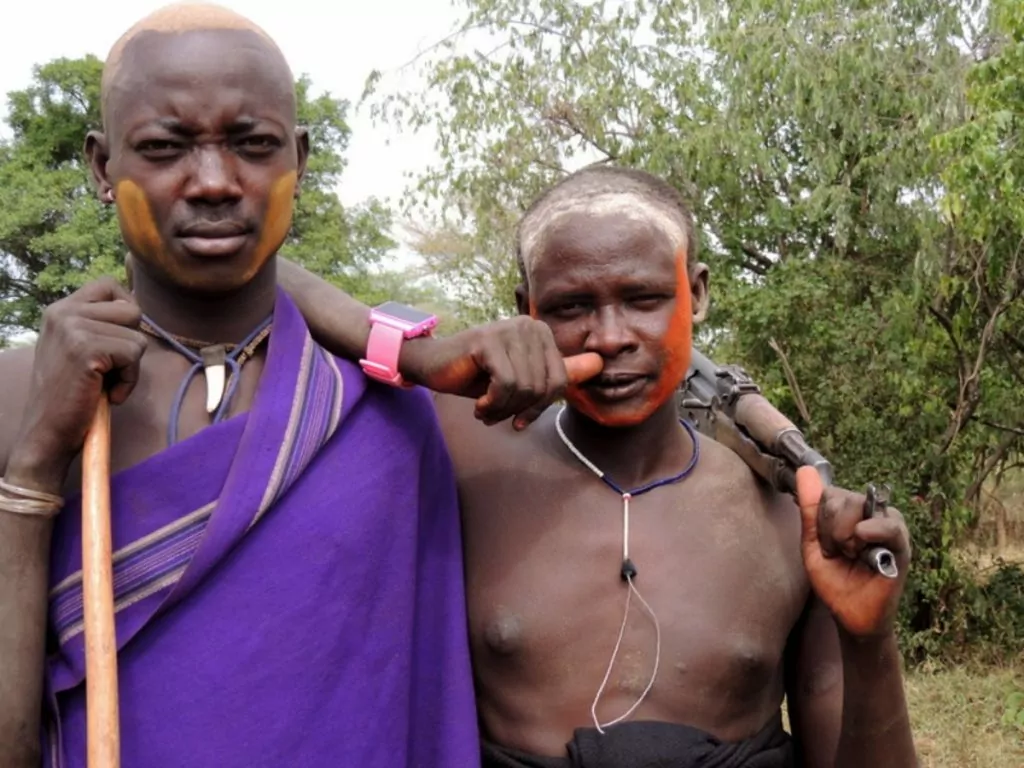
The dust cloud is covering the jeep, it's hot as hell and we roll into an open marshland village. Even before we arrive, there are children along the road shouting PHOTO PHOTO !
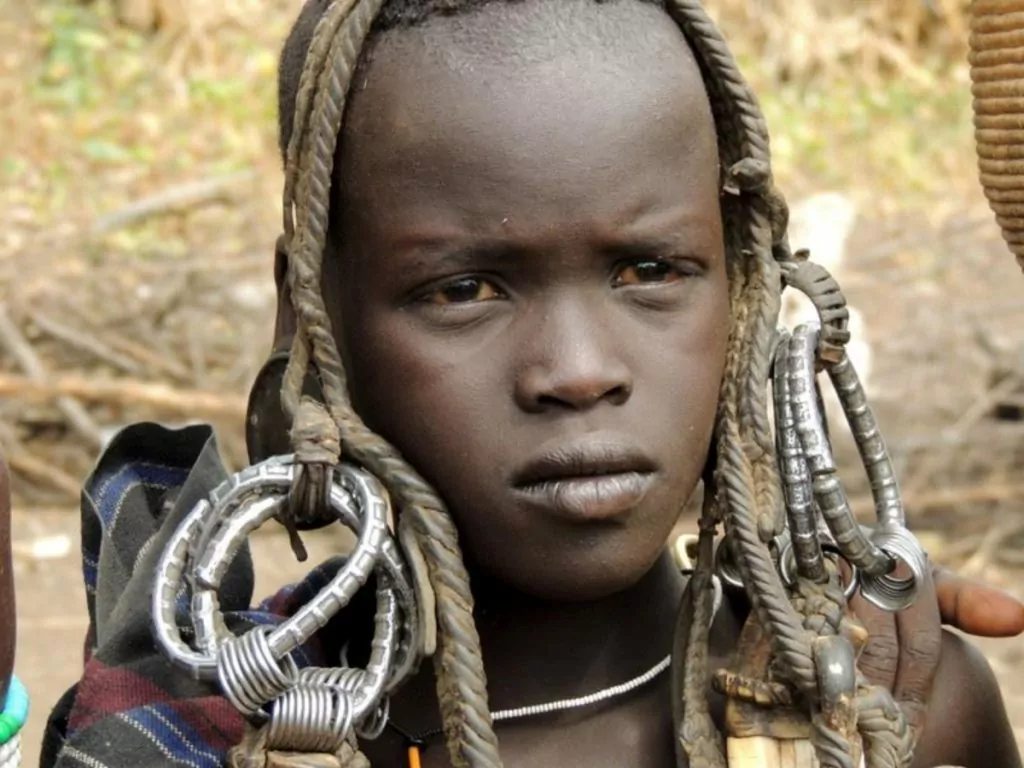
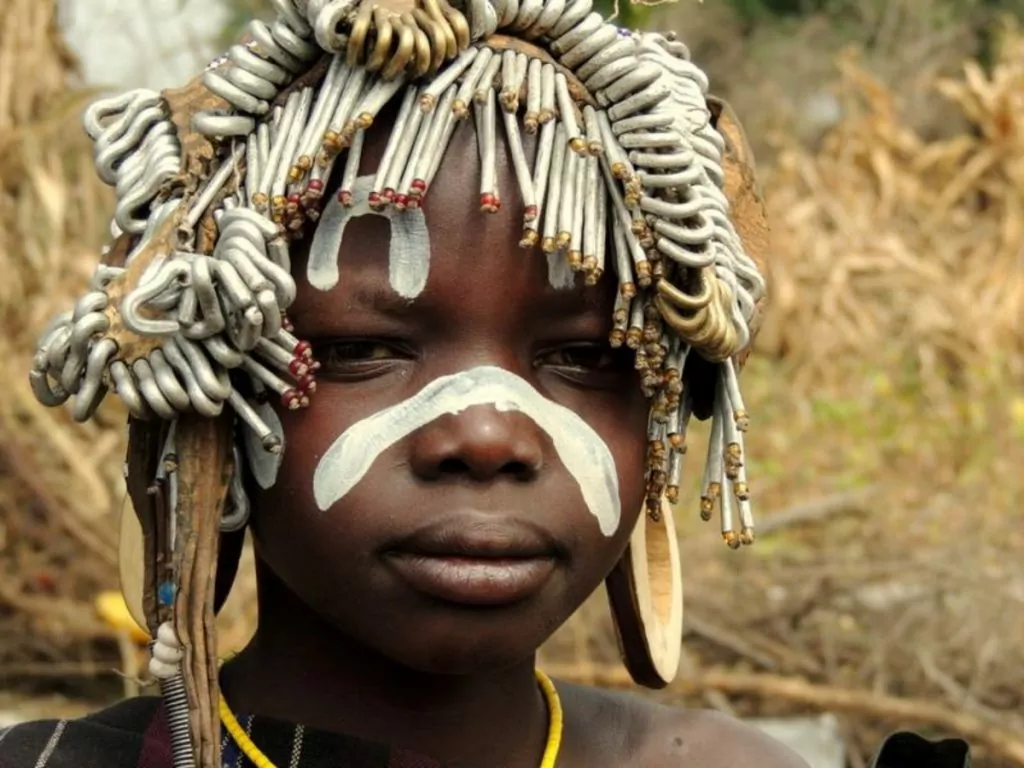
The Mursi, or Mun as they call themselves, stay around the rivers, moving as the weather allows them to grow crops and keep livestock. There are currently around 10 000 Mursi, divided into 18 clans.
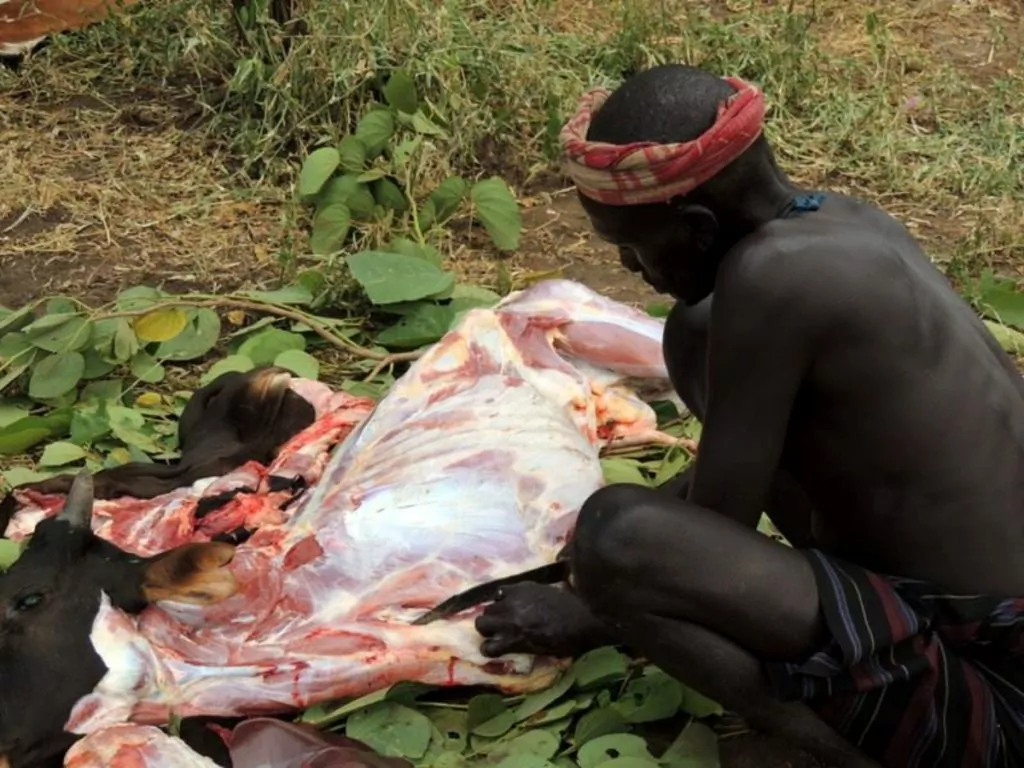
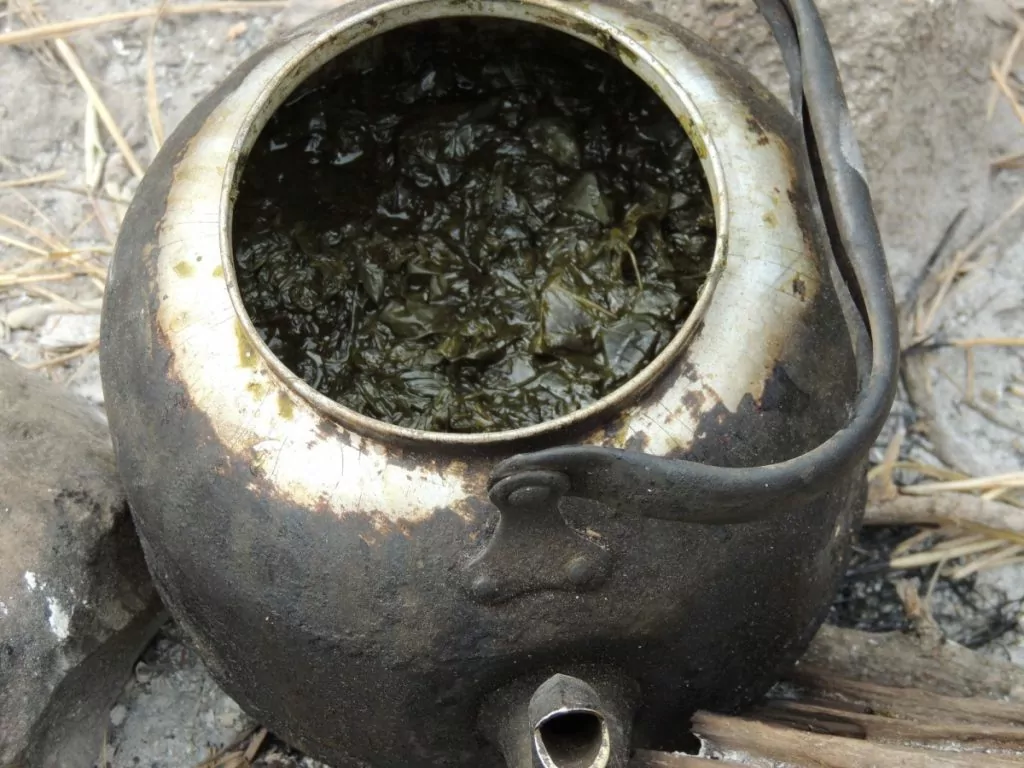
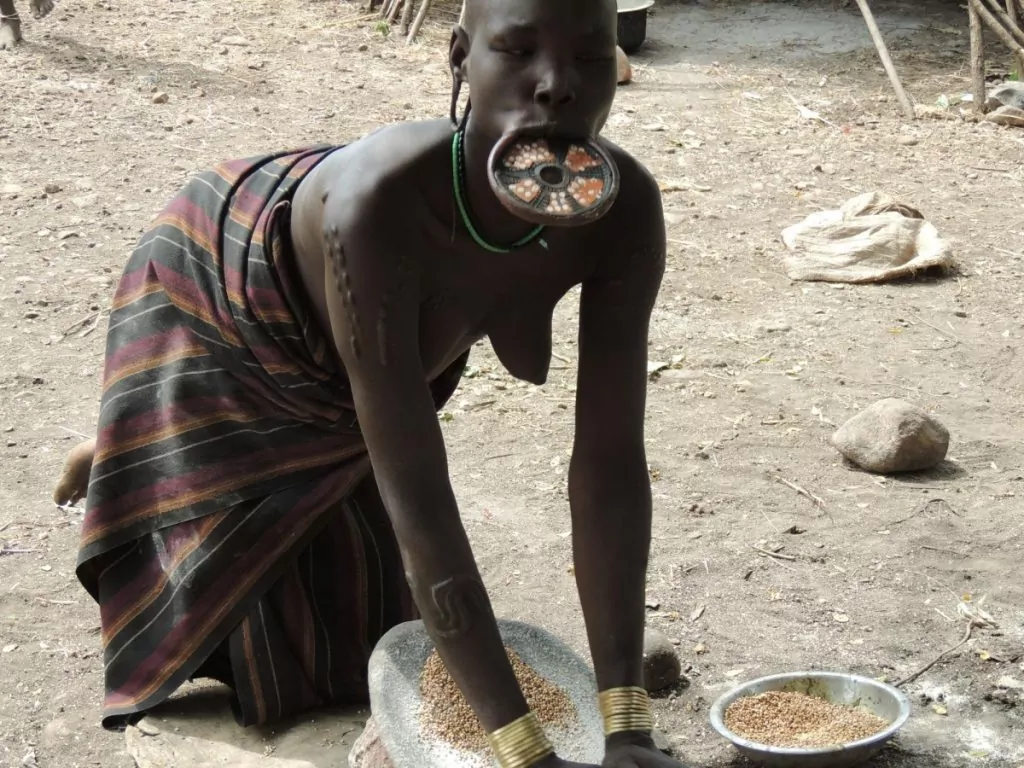
Cattle are kept for their milk and blood and their meat is eaten on special occasions. Livestock is also used as barter. The main crop grown is sorghum/durrah, a drought-resistant grain. Maize and chickpeas are other crops.
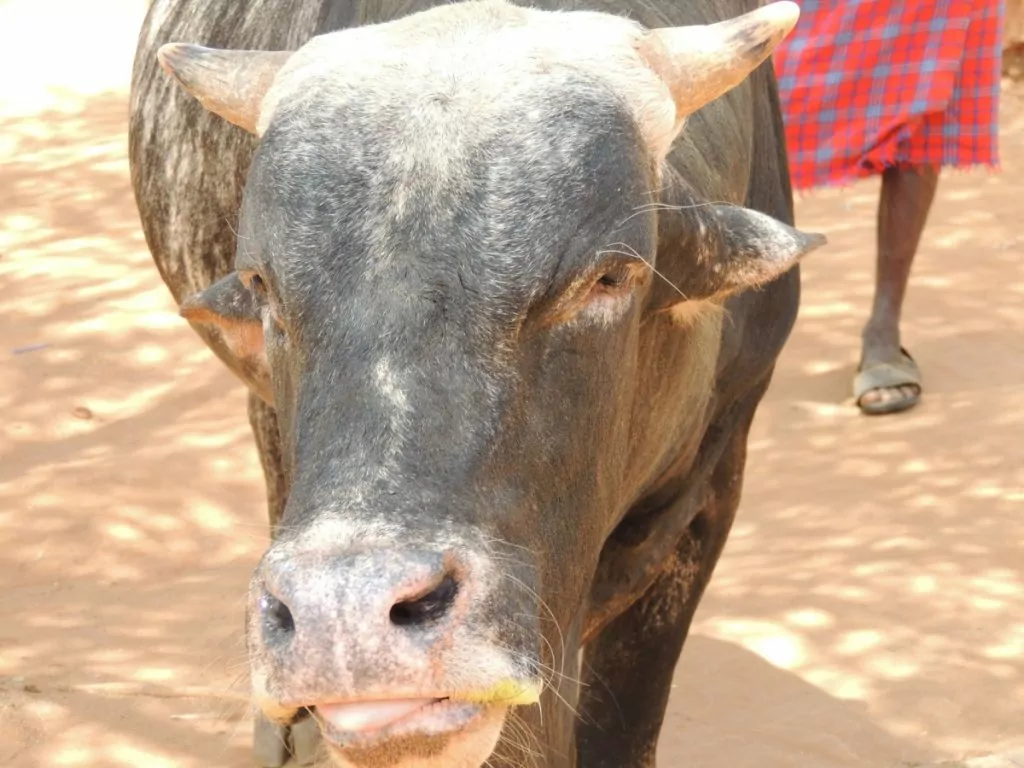
The tribe is best known for its lip plates, which are used for both everyday and festive occasions. When a girl reaches adulthood, around 15, she is pierced by her mother or another woman, the hole widening each time. The plates are worn by married girls and women with children. Ear piercing is also common.
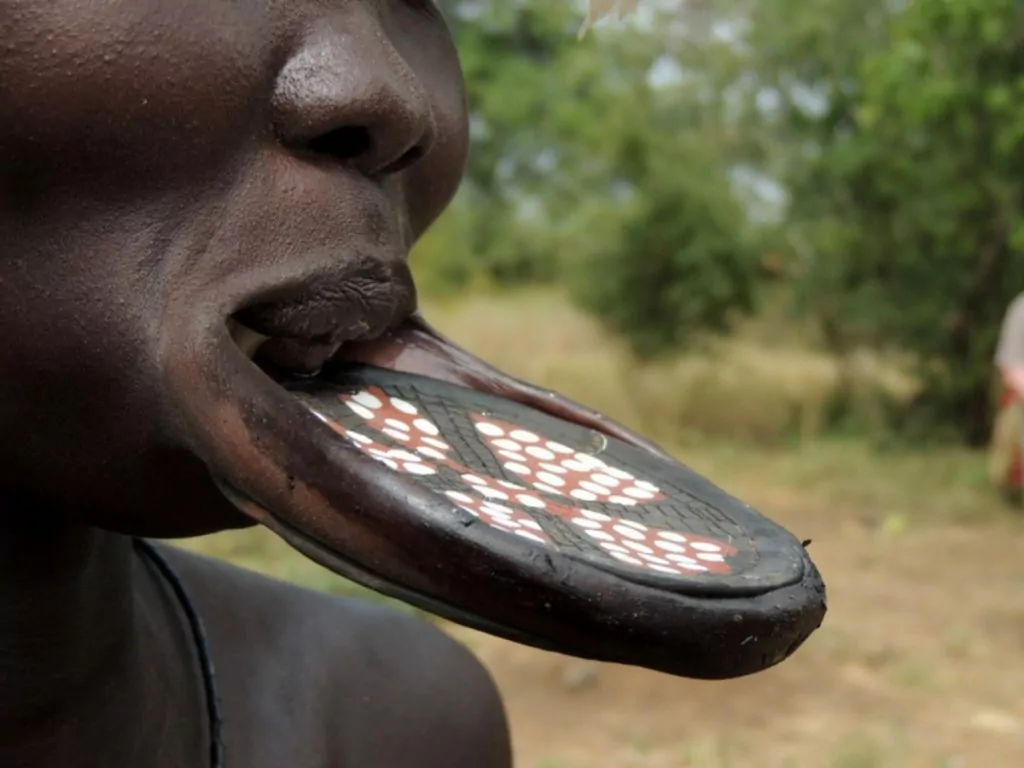
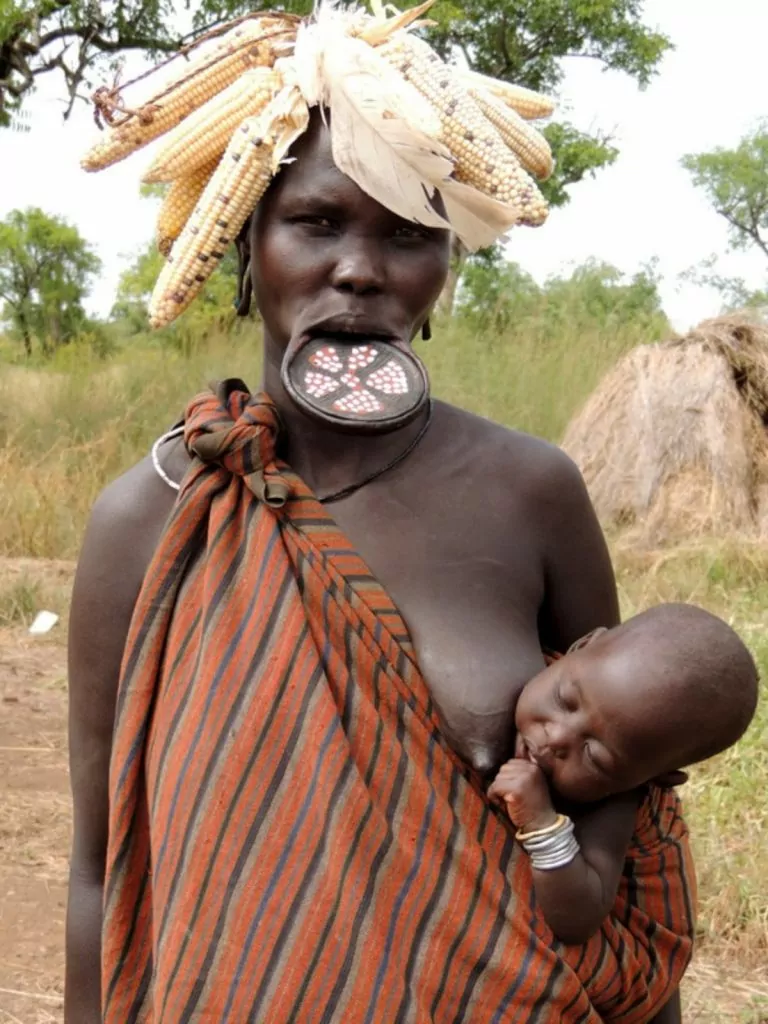
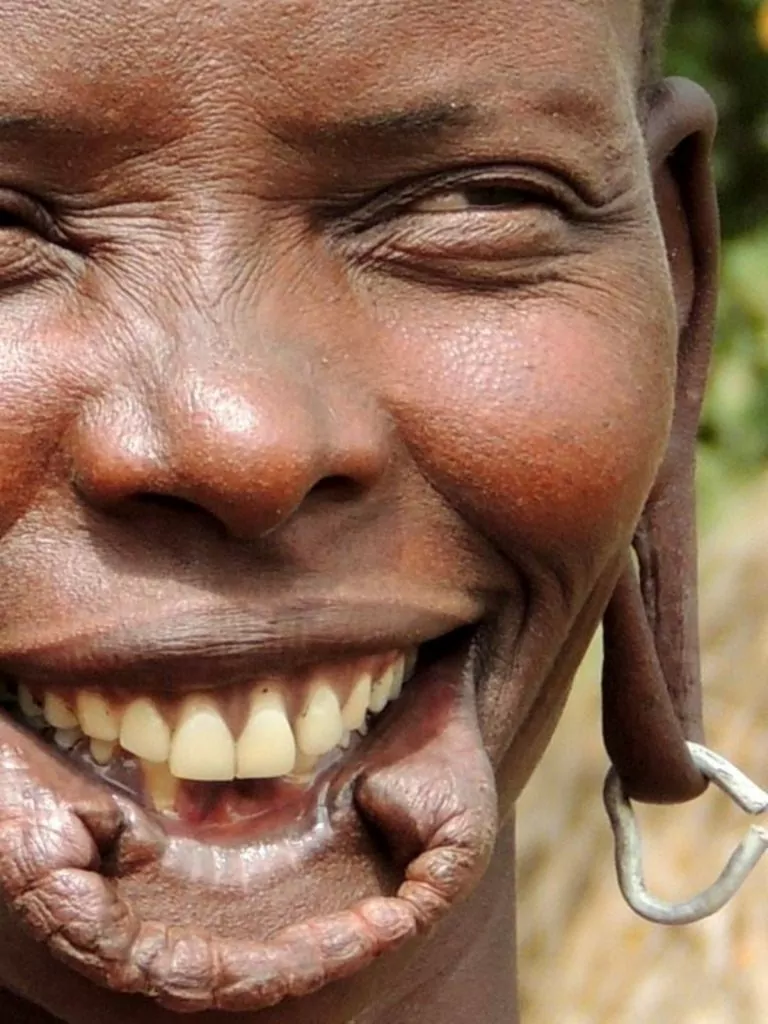
Boys also pierce themselves, but only the ears, the plug is replaced from time to time to stretch the skin.
Body painting is a way for women to decorate themselves, especially before a ceremony, but the white clay also protects the skin from insect bites. Disease-carrying insects such as malaria mosquitoes and tsetse flies are a major problem.
Poisonous boys paint themselves with dung mixed with ash from burnt animal faeces, their cattle are also painted, all to show that they are capable of keeping animals and raising a family. Other adornments in the form of horns, plants and berries do not appear in everyday life, this is all for the money and they go all in.
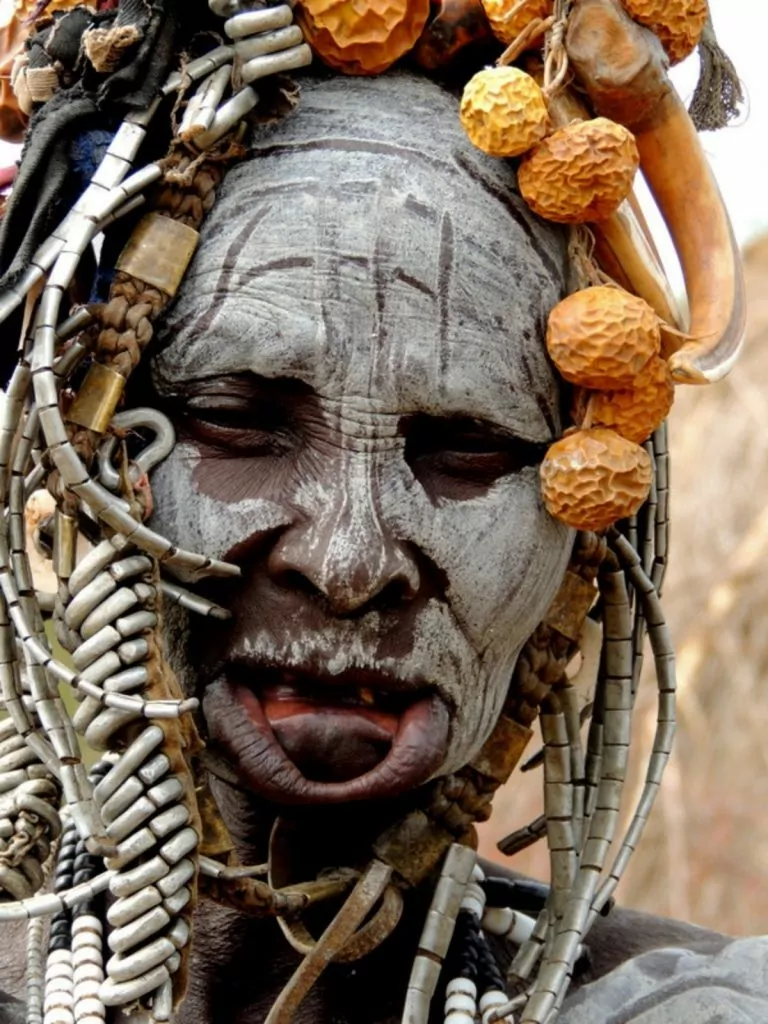
A related issue is cutting, which starts when boys and girls have finished growing. During healing, the wounds are sprinkled with soil so that the scar is raised.
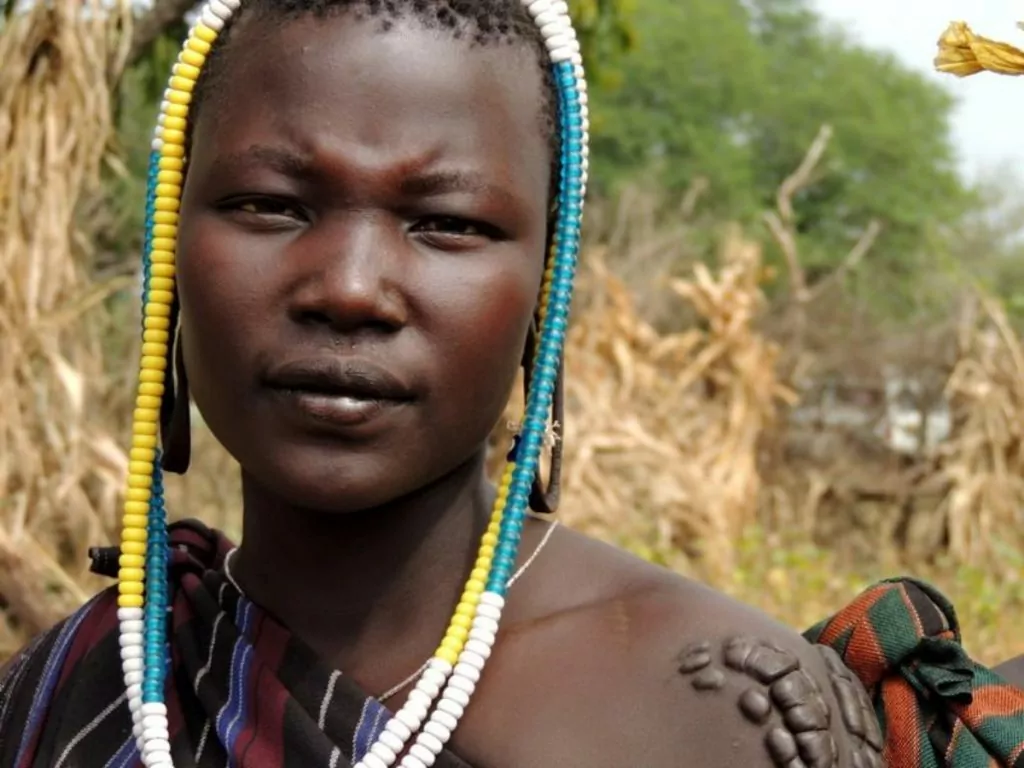
Young girls wear a thin goatskin around their hips; when they give birth to their first child, the hip skin is ceremonially replaced. Breasts are not covered in everyday life, but in official meetings, yes.
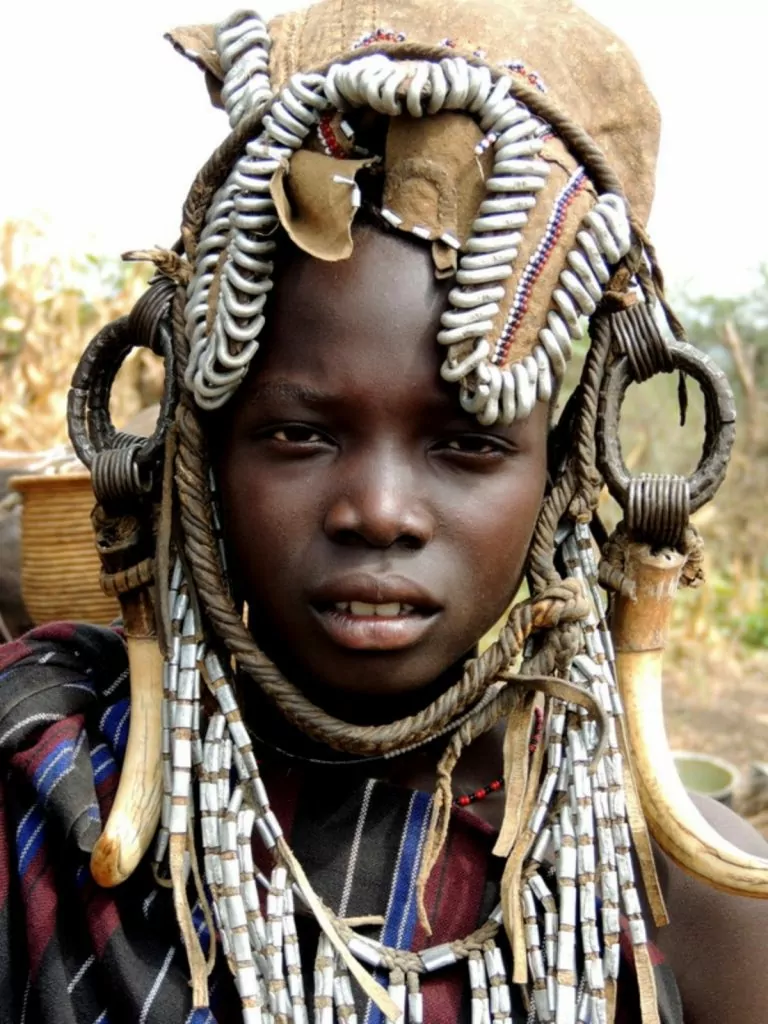
The tribe has countless rules and ceremonies, such as how to dress, entry into adulthood, marriage and the like, which are not part of a visiting tourist's experience. The most important roles in each clan are the priest and the healer.
The Mursis have an animistic belief that there is something bigger than themselves, the Tumwi. Tumwi exists in the sky and takes the form of a rainbow or bird.
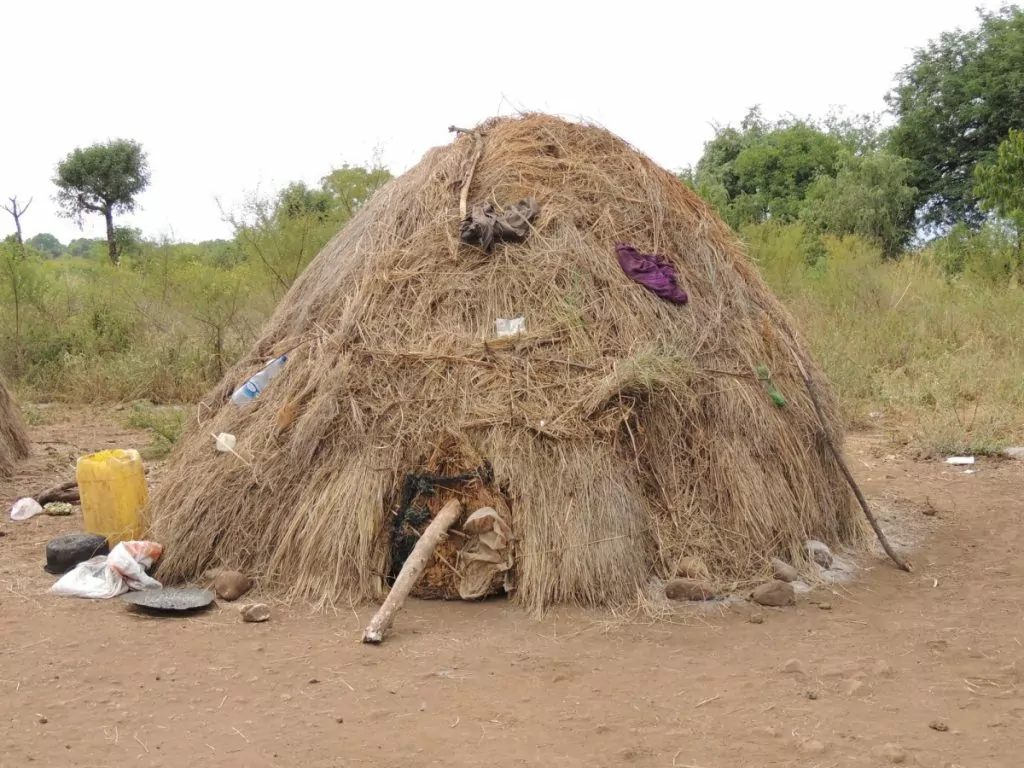
This thing with tourists and photos ... Yes, mursis prefer not to be photographed at all, it has to do with spiritual thoughts. Allowing yourself to be photographed gives you an income, the money from portrait photography goes to your own household.
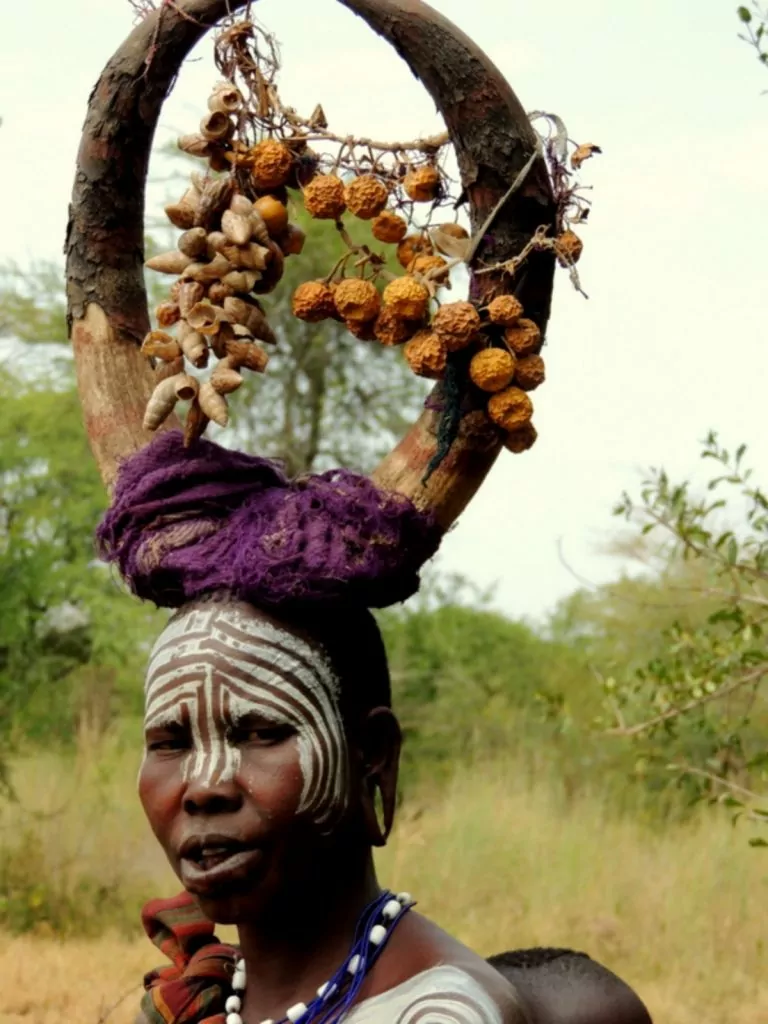
Mursi lives in very difficult conditions, after the big dam construction in 2016, the flow of water to the rivers was blocked and daily life became extremely difficult. Receiving tourists is an income, although I mostly felt that it was a human zoo and I was the one looking at the animals in the cage.
For better or worse.
Rolling on in the semi-desert, the dust is like a sticky layer all over your body. Nature is dry and barren, the termites build high towers between the flowering desert roses.
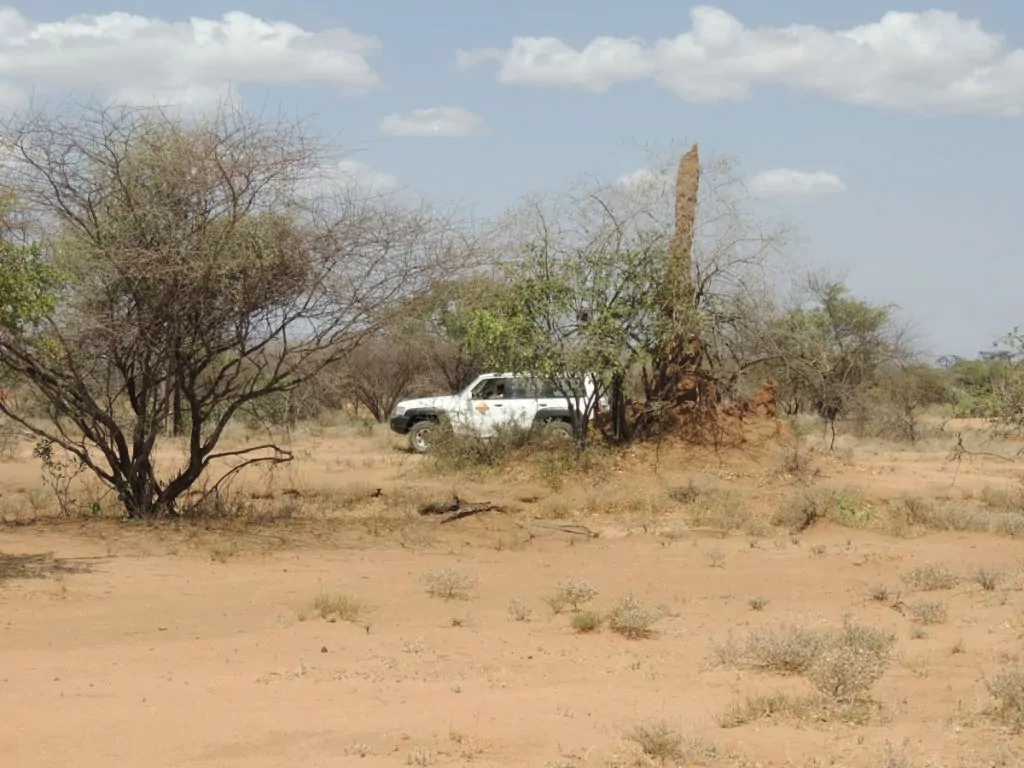
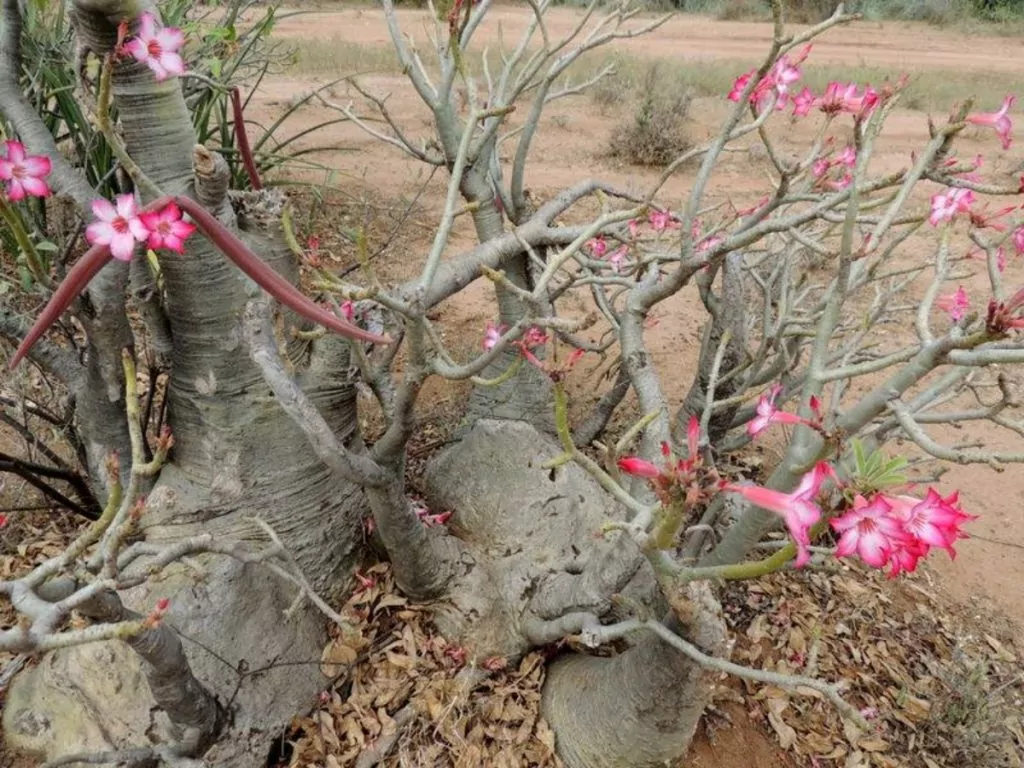
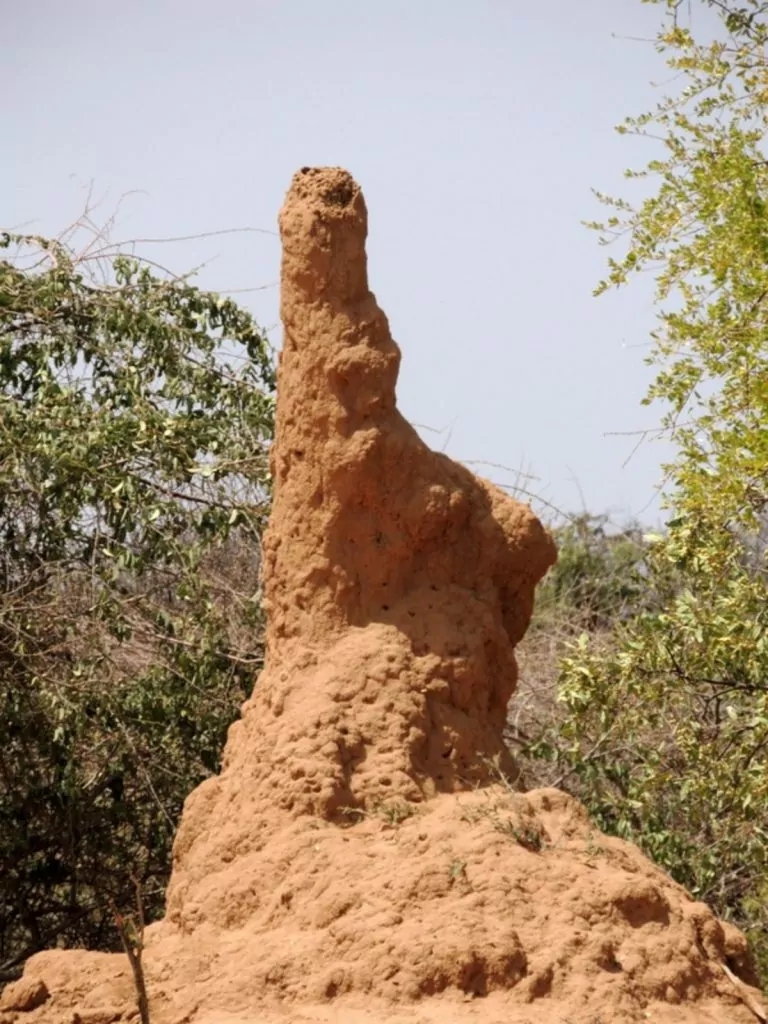
From nowhere a camel appears, the sign that it is close to a settlement.
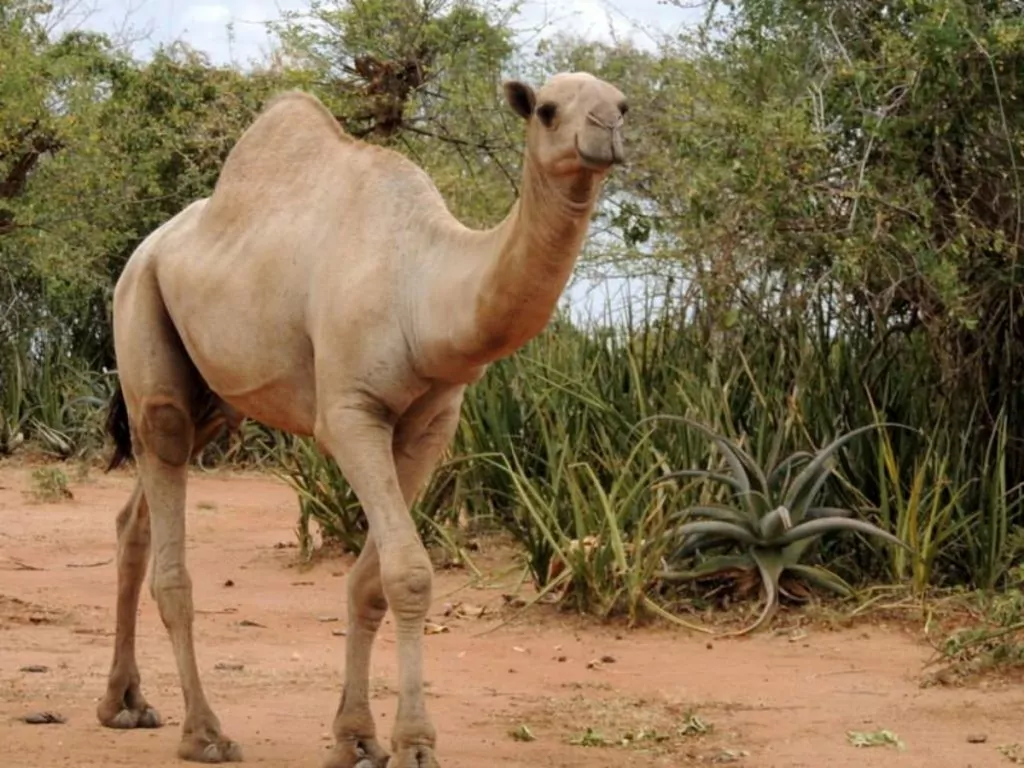
The Daasanach also live in extreme conditions, long periods of drought but also flooding during the big rains. Like most other tribes, they are herders.
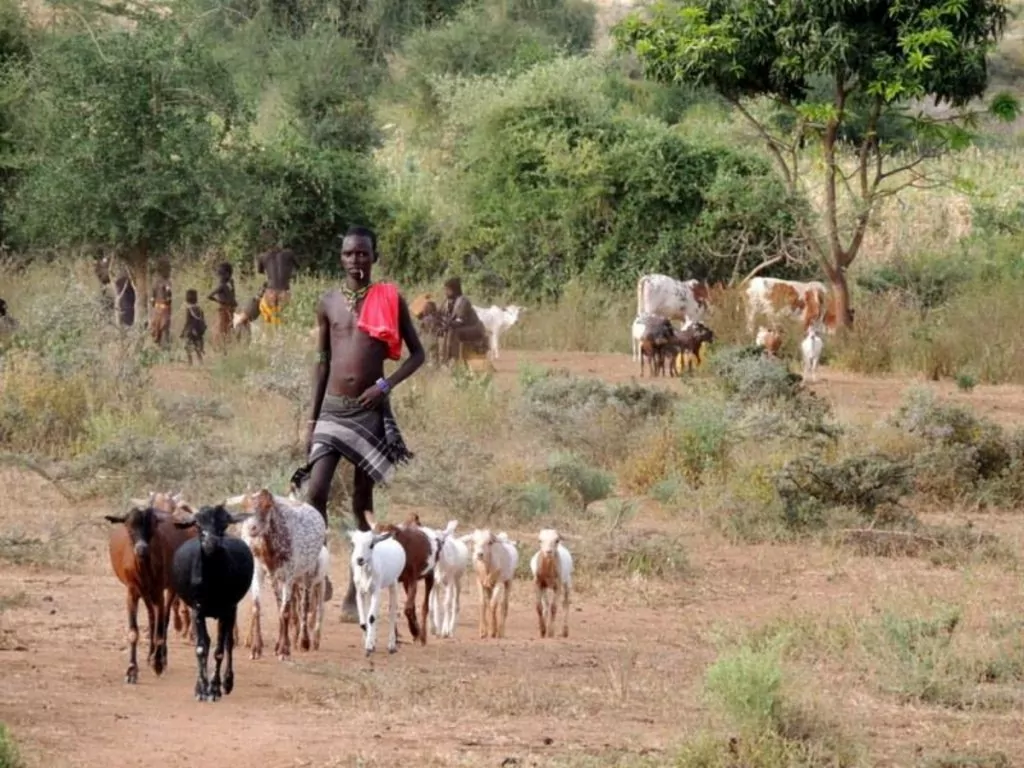
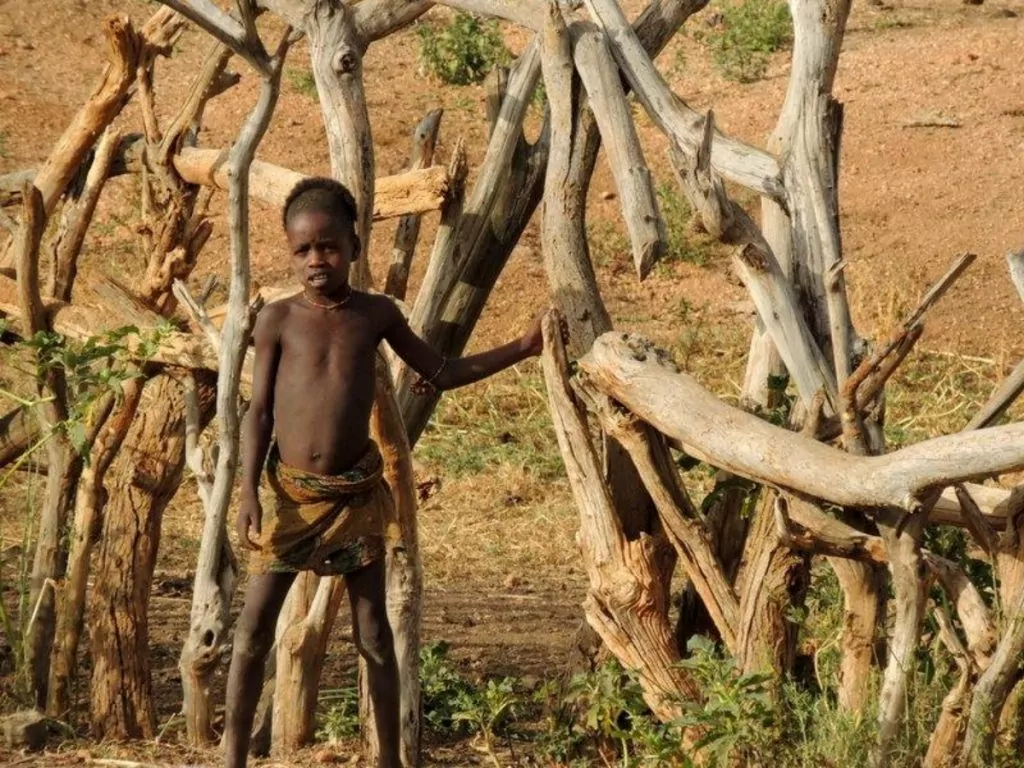
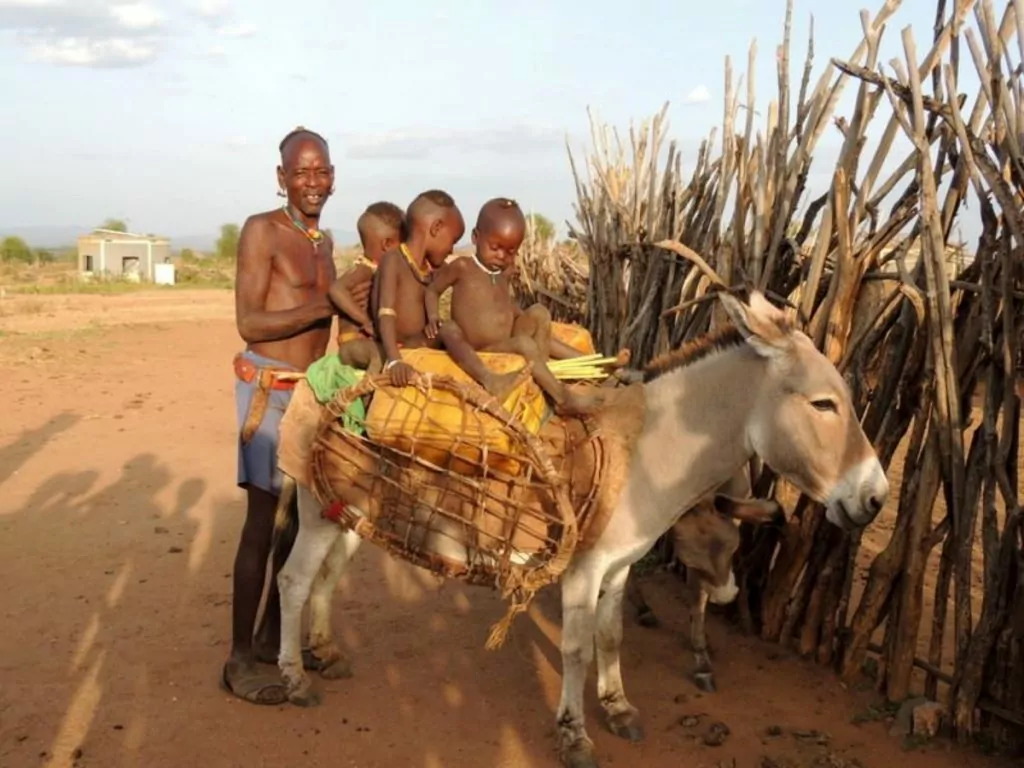
The number of animals is a matter of status, and losing your livestock through disease, drought or theft has fatal consequences. If this happens, you are downgraded to the lowest social class and have to live on the edge of Lake Turkana. Their livelihood is based on fishing and crocodile hunting. The catch can be exchanged for meat and other products.
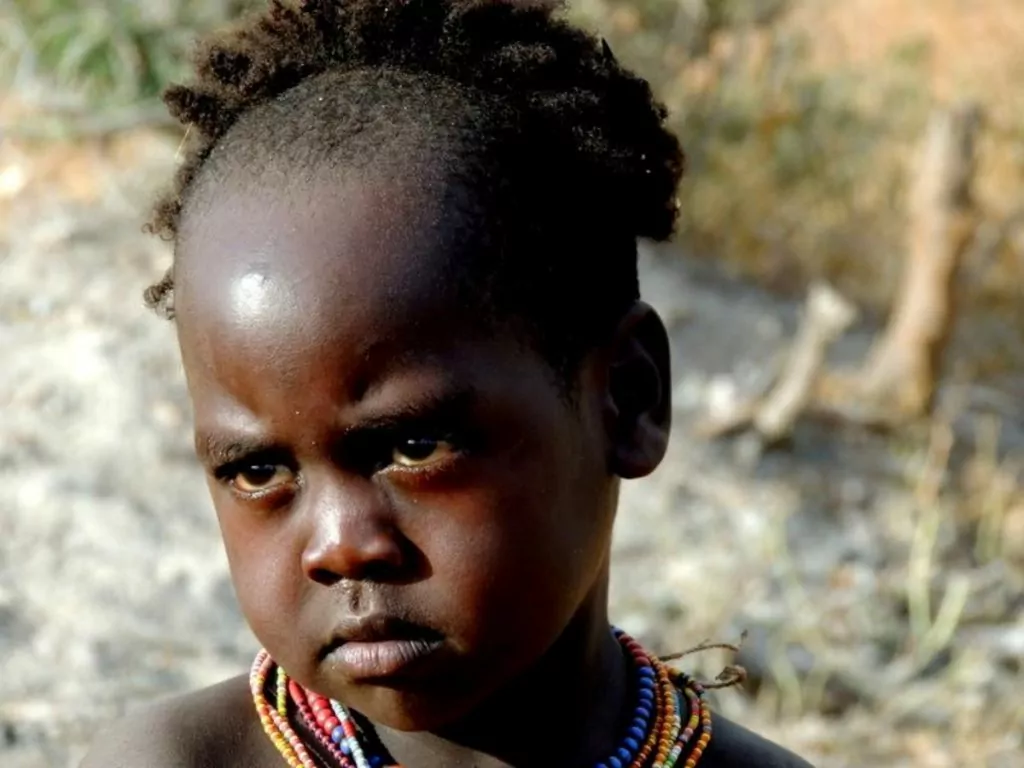
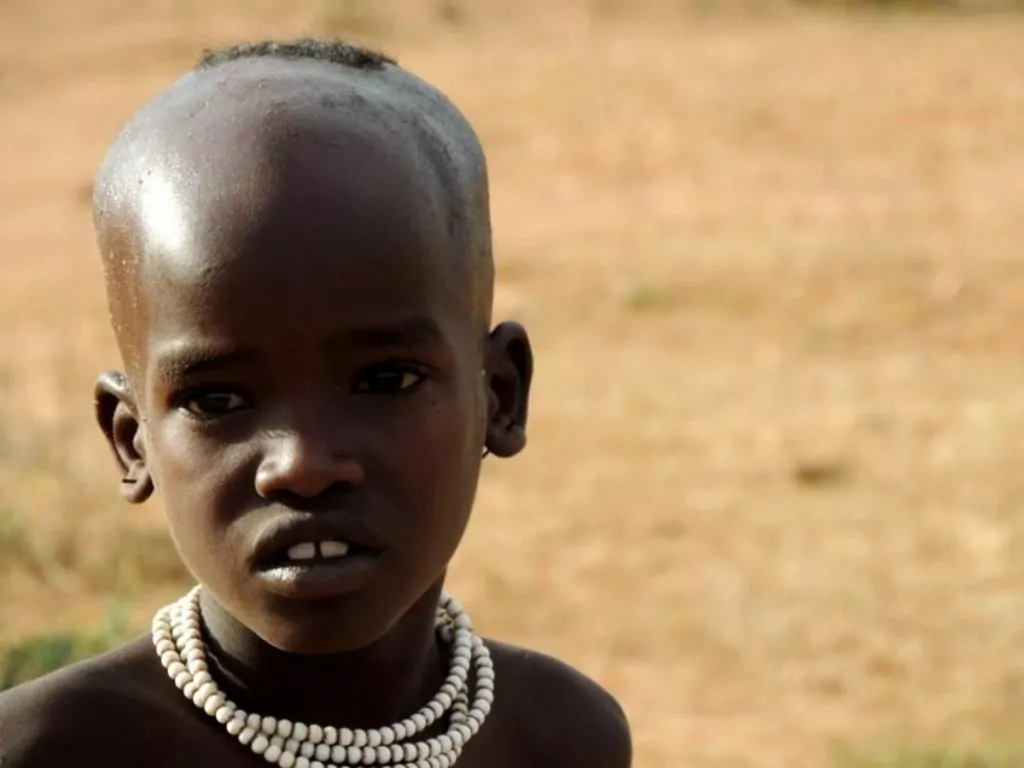
The Daasanach are a group that allows marriage to members of other tribes, although all must agree to undergo circumcision. As in other parts of East Africa, it involves the removal of the clitoris, girls and women who are not circumcised are shunned and are not allowed to marry or wear clothes. The ritual itself takes place with other girls of the same age, it is a ritual that is difficult for us to understand and is both painful and dangerous.
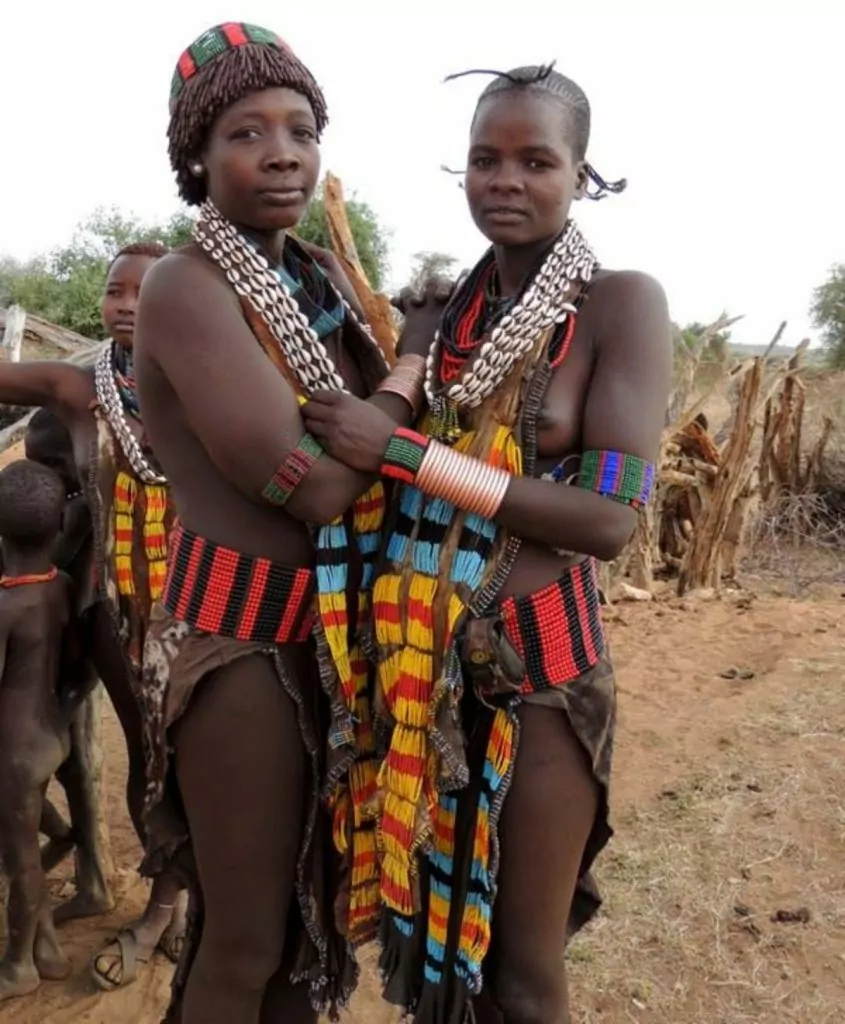
There are around 60,000 Daasanachs, many living in Kenya. Unfortunately, the Daasanach are known to have frequent and long-standing conflicts with other tribes.
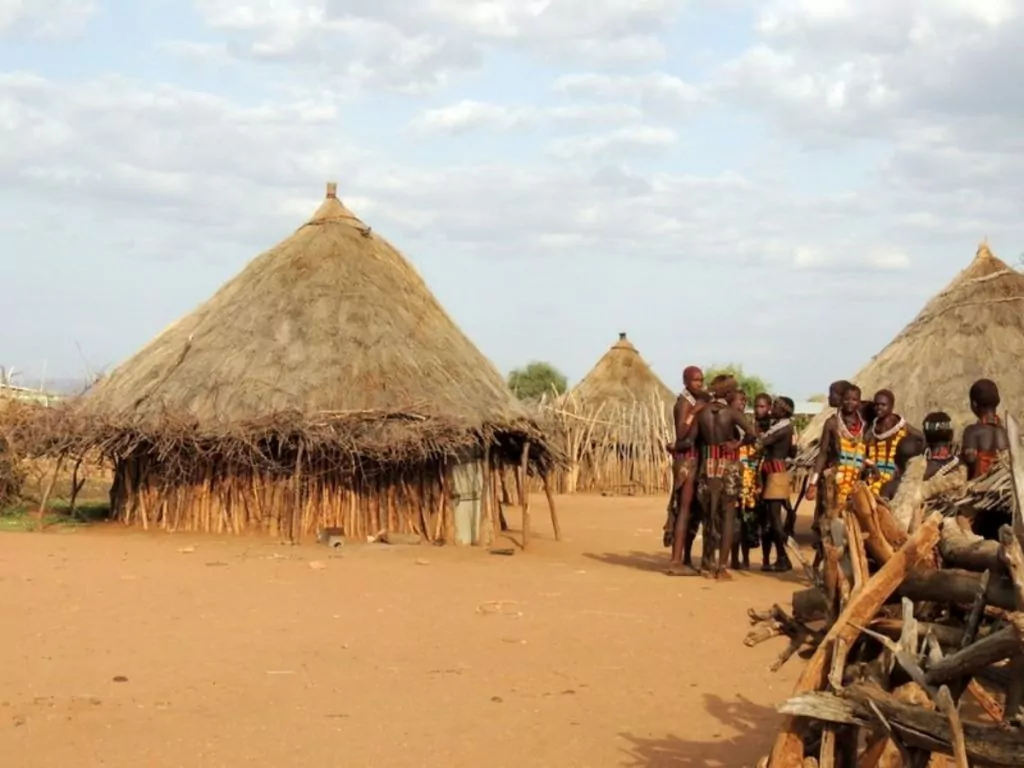
Putting up and taking down the hut is the woman's job, she also has the right to claim the right-hand side as her own. If the husband takes another wife or wives, the first wife builds a new hut, with the husband moving in between.
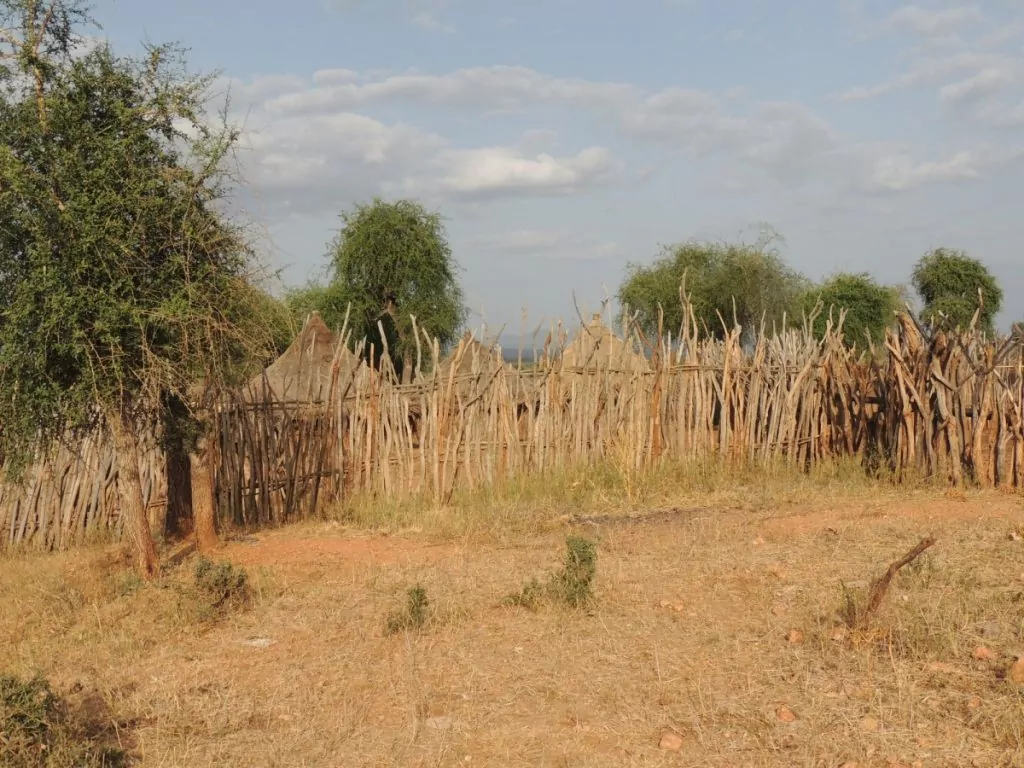
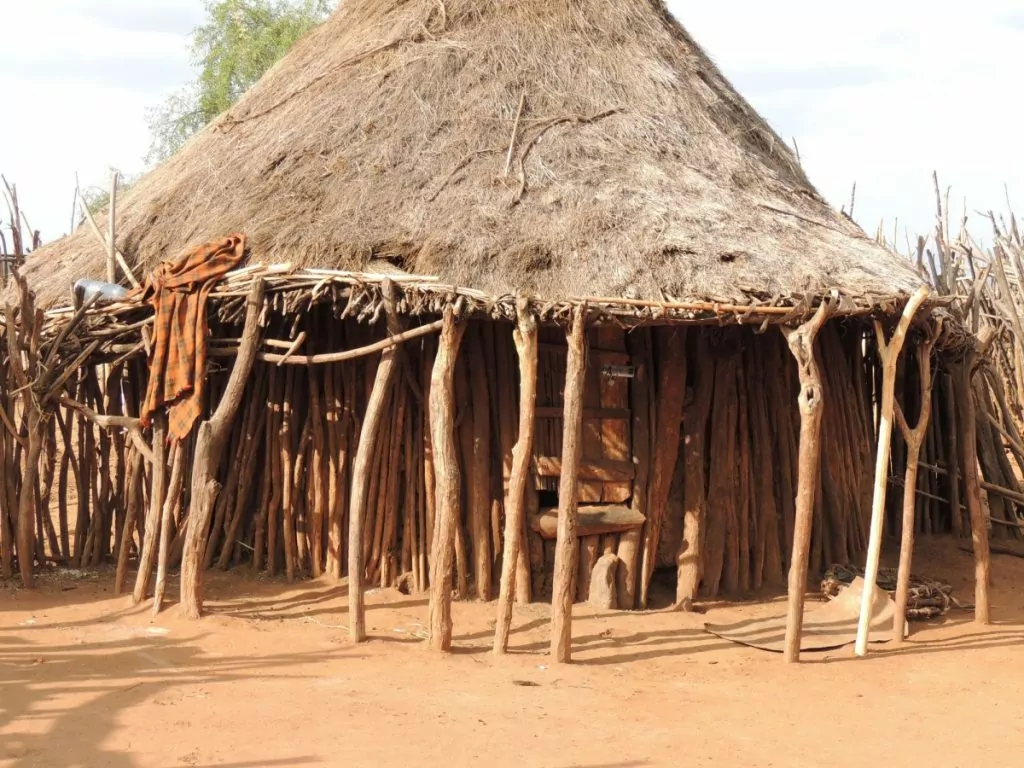
The water comes from an aid programme, but it's a long way to the well for some people. I share my bottled water and clear my bag of pens before jumping into the car and heading off to new discoveries.
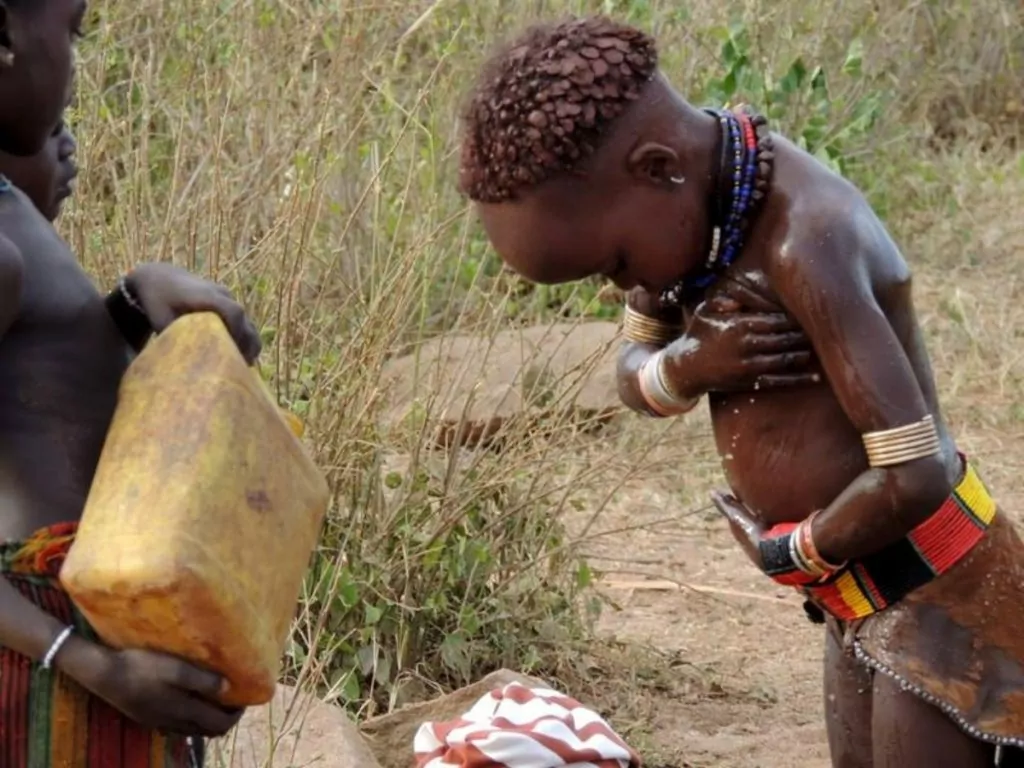
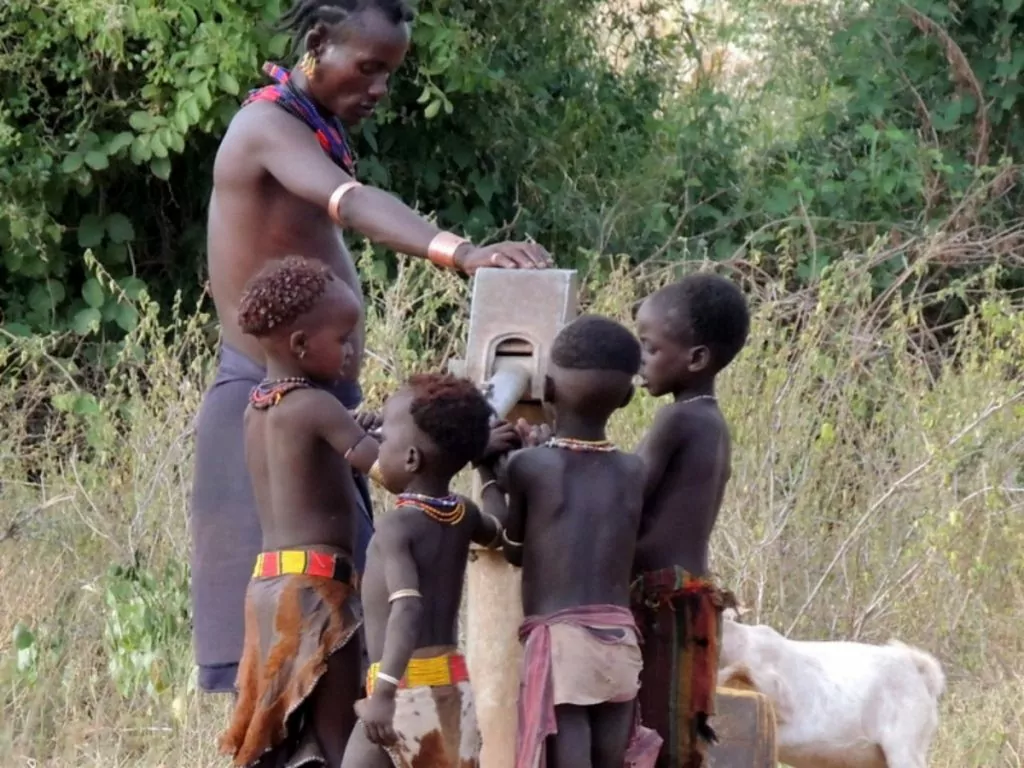
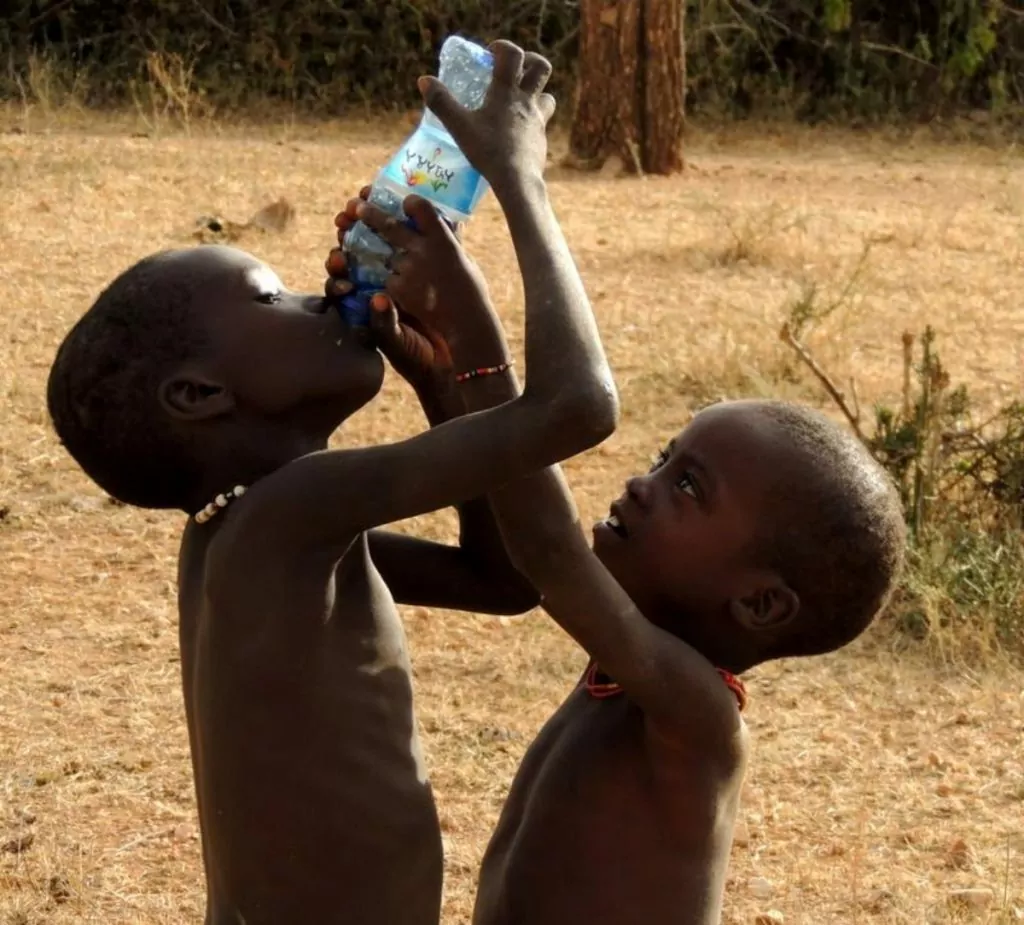


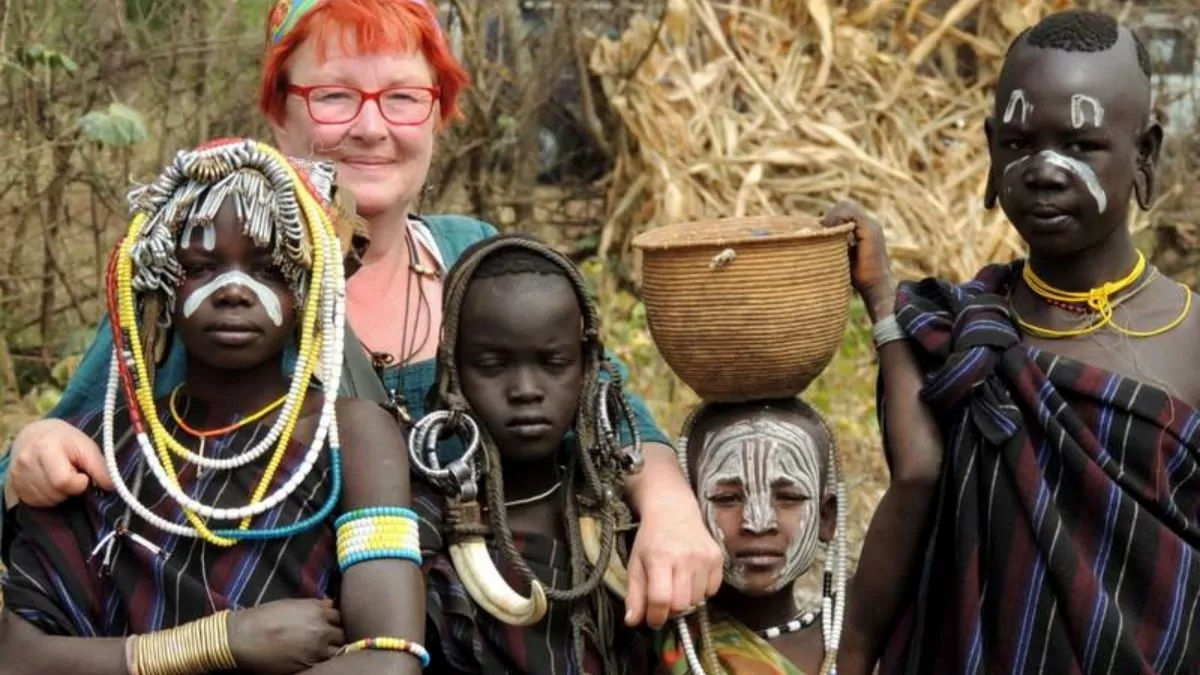






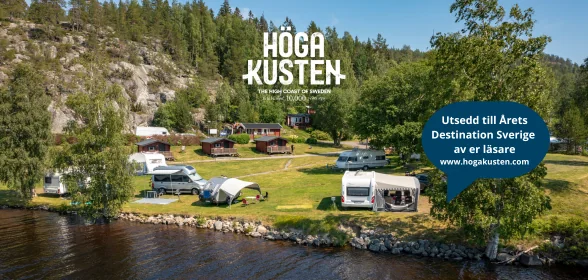


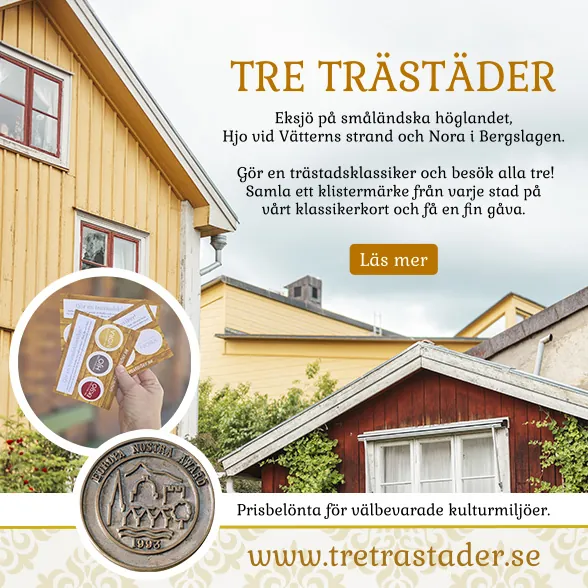
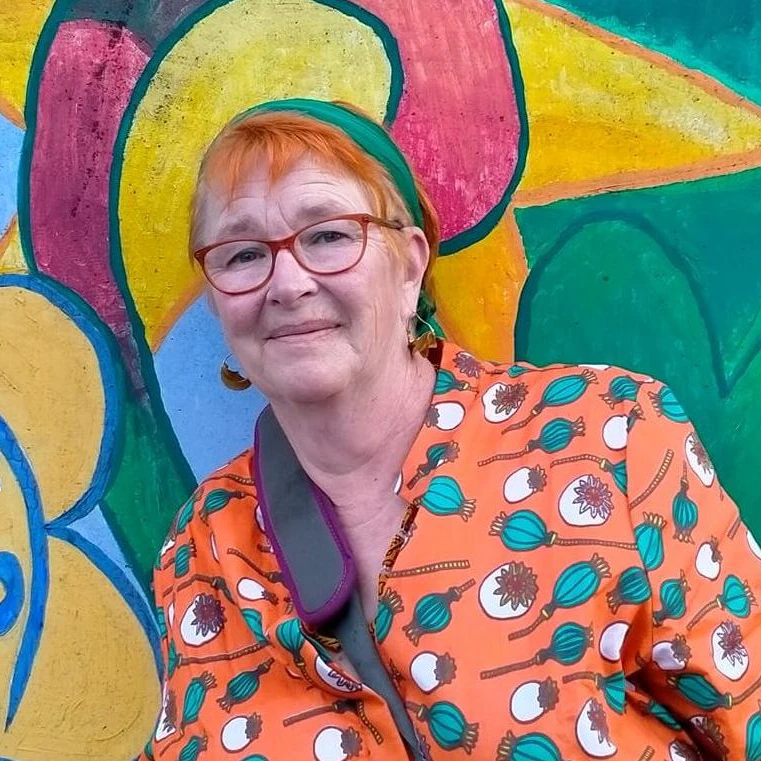
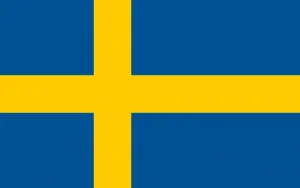
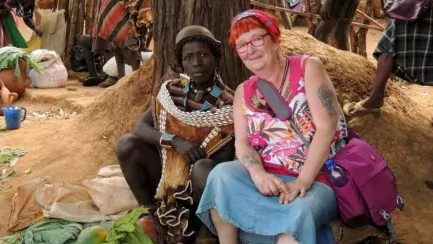
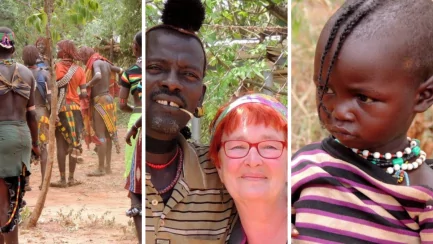
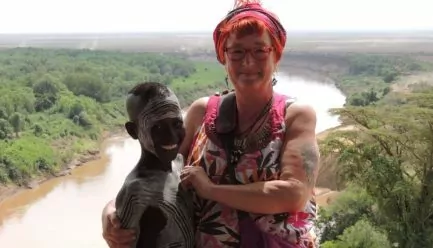
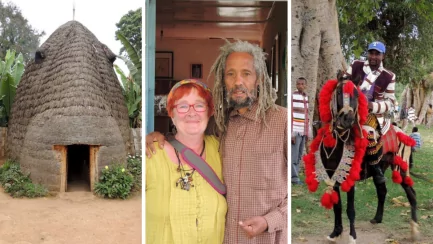
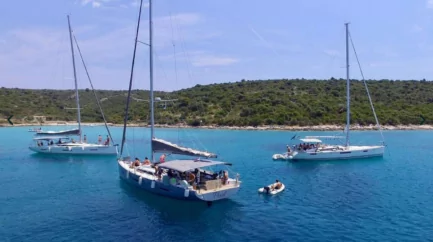
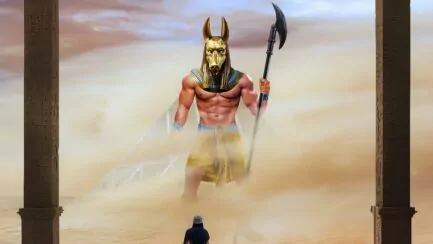



Lena - good for the soul says:
So insanely interesting to read your posts, Anna. Even if it physically hurts to read some parts. About the circumcision for example or the lip flaps!
Looking forward to the next post with trepidation.
Hug Lena
17 October 2023 - 19:50
Anna Nilsson Spets says:
Hi Lena! Yes, you can already read the next part today ! Thanks for the nice feedback.
19 October 2023 - 6:31
BP says:
Love all your posts, but the ones about Ethiopia are something special. Your pictures are simply amazing and are absolutely worth the money you paid for them. Feel free to write what it "costs" to take photos of the tribes.
Like your concise info which is incredibly interesting.
Was it not in the Omo Valley that journalist Martin Schibbye and photographer Johan Persson were kidnapped and then imprisoned for over a year. They also wrote a book "438 days". Recommended, especially for those who have been there irl.
Genital mutilation - yes, what to say.... Presumably male circumcision of the penis does not occur. Jews do it in a ceremony ...
17 October 2023 - 21:08
Anna Nilsson Spets says:
Hi, I am glad you like what I am telling you. As for the kidnapping, it took place in the eastern part of the country, Omo where I was is in the south. I have read the book and am a big fan of their articles. Photography, yes some villages, like mursis, take a lump sum that goes to the village itself, one can hope, but I thought I saw objects such as weapons, watches and mobile phones. Portrait photos cost around 3 SEK each, the money was for the person to keep. Genital mutilation, yes, so horrible, but I can probably say that men in that part of Africa undergo it too.
18 October 2023 - 6:26